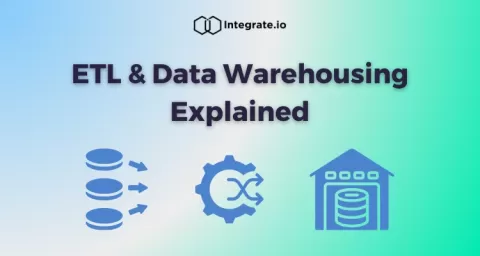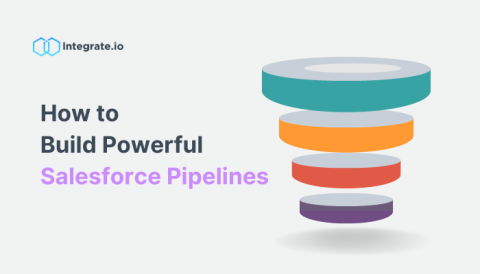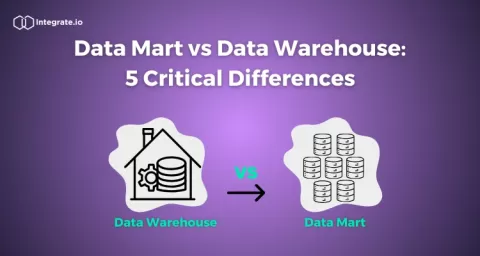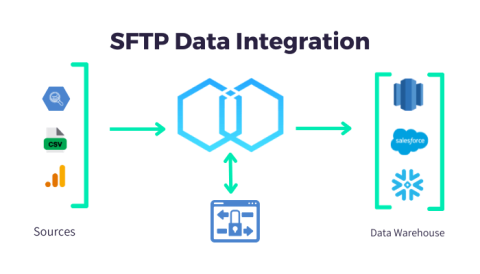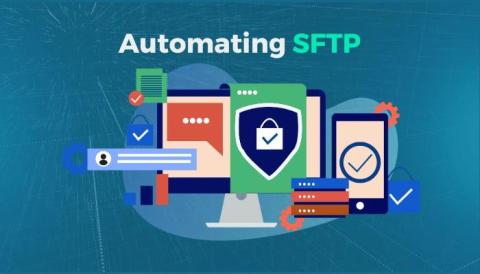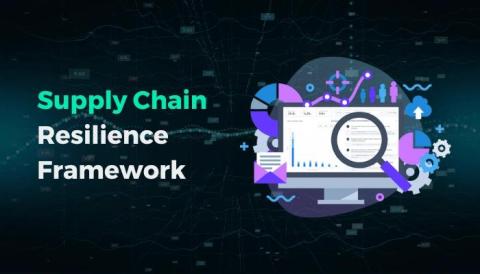How to Make a REST API
REST APIs have become the backbone of modern software applications, enabling seamless communication between systems and ensuring data consistency. In particular, REST APIs are useful for ETL (extract, transform, load) and data integration workflows. They make it easy to exchange information between various websites, databases, and SaaS (software as a service) applications.



